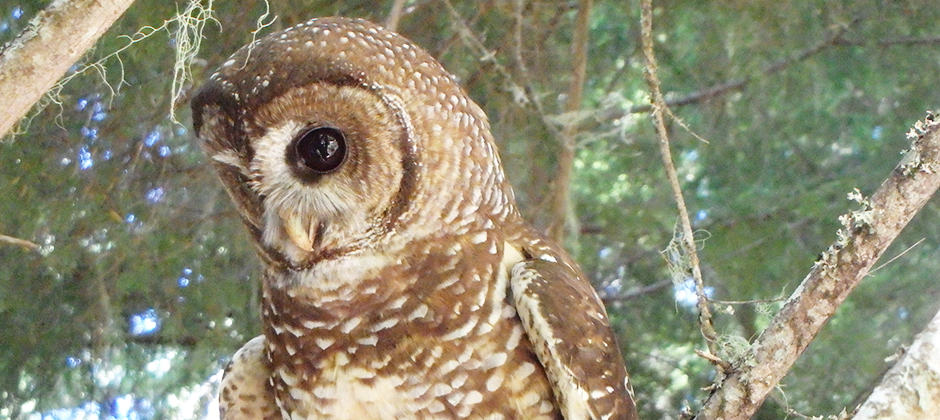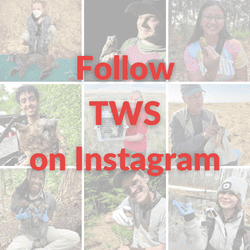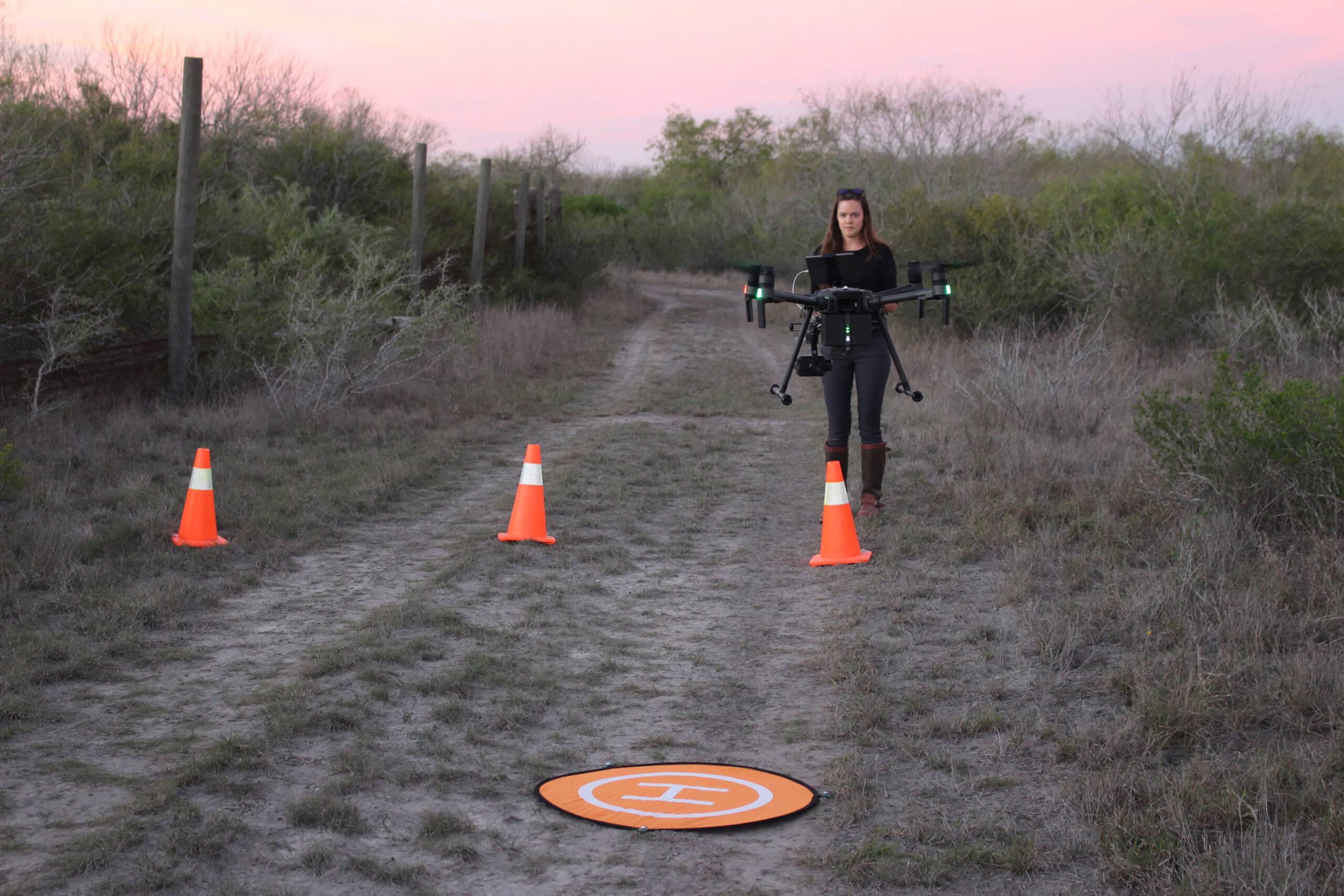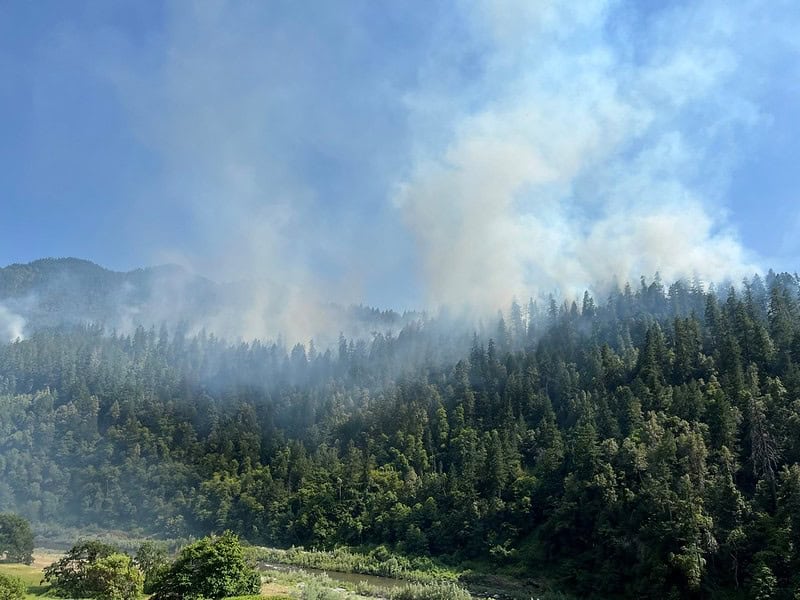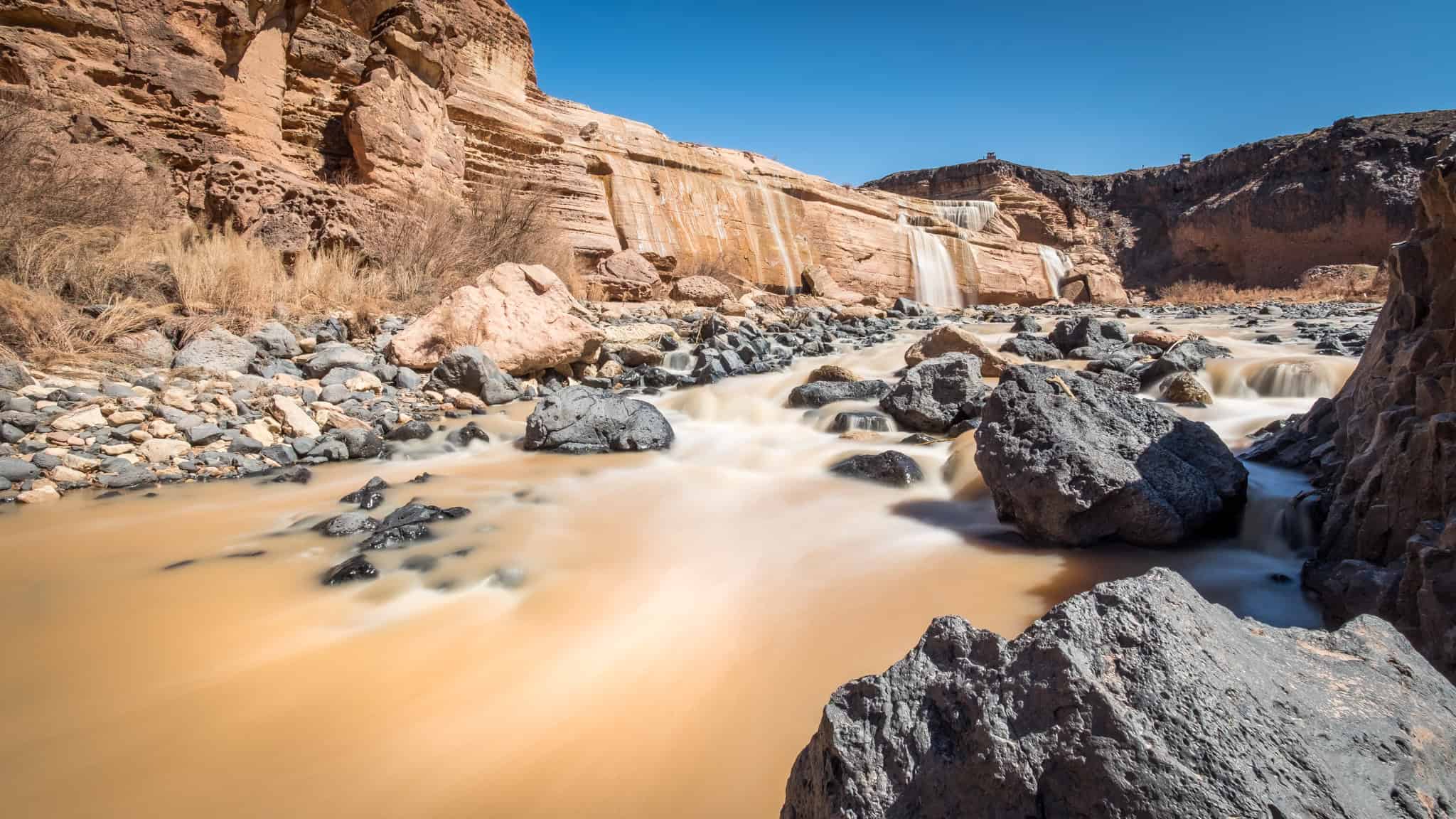Share this article
Wildlife in the ‘slow lanes’
An associate professor of landscape and fire ecology at Oregon State University, Meg Krawchuk tries to remain hyper-aware of fire patterns wherever she goes.
As a fire ecologist, one of the things she says she often “geeks out” at is patterns of fire mosaics or disturbance in general. “Looking at places that experience different effects and outcomes, you start to wonder why,” she said.
Why, she wondered, were some landscapes less affected by things like fire or drought than others?
“You start to develop these little models in your mind about where they are, why they are and why some of them are refugia and not others, as well as what their role is and why they matter,” she said.
Krawchuk led a study published in Frontiers in the Ecology and the Environment that synthesized and analyzed research published on disturbance refugia — areas that wildlife can take advantage of because they’re less impacted by transformations brought on by climate change and other alterations to the landscape. Because they’re slower to be affected, researchers sometimes nickname them the “slow lanes.”
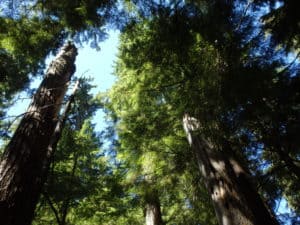
Old growth forests like this one are refugia for northern spotted owls. Credit: Ray Davis
Krawchuk wondered what features these areas have in common. Past research had focused primarily on fire disturbance refugia, but she and her colleagues wanted to know more about other types of refugia, too, including those that offered wildlife refuge from drought and insect outbreaks.
These refugia can occur at many scales of space and time, they found. In the Pacific Northwest, large stands of old-growth forest provide northern spotted owls (Strix occidentalis caurina) a refuge from high-severity fires. Across sagebrush landscapes, greater sage-grouse (Centrocercus urophasianus) have found smaller pockets of refuge from fires and invasive grasses.
“They’re lifeboats, or slow lanes, providing seed sources for reestablishment of sagebrush, but also providing habitat for sage-grouse at various stages of their life,” she said.
Krawchuk and her colleagues found different forest disturbances often overlap with one another, which may play a role in the creation and function of refugia.
“I think the really new and important component of this is bringing all disturbances together under one roof,” she said of the paper.
Their research found that some locations have characteristics — like terrain, vegetation, proximity to water and the direction that slopes face — which can be used to predict where these different types of refugia will occur.
These areas offer temporary escapes for wildlife, providing characteristics that species need as they adapt to changing landscapes — like moving north to cooler weather, Krawchuk said, but even these slow lanes are in flux.
“It certainly wouldn’t be a permanent holding spot,” she said.
Header Image: Northern spotted owls use old-growth forest as disturbance refugia amid areas that had been severely burned or logged. Credit: Ray Davis



